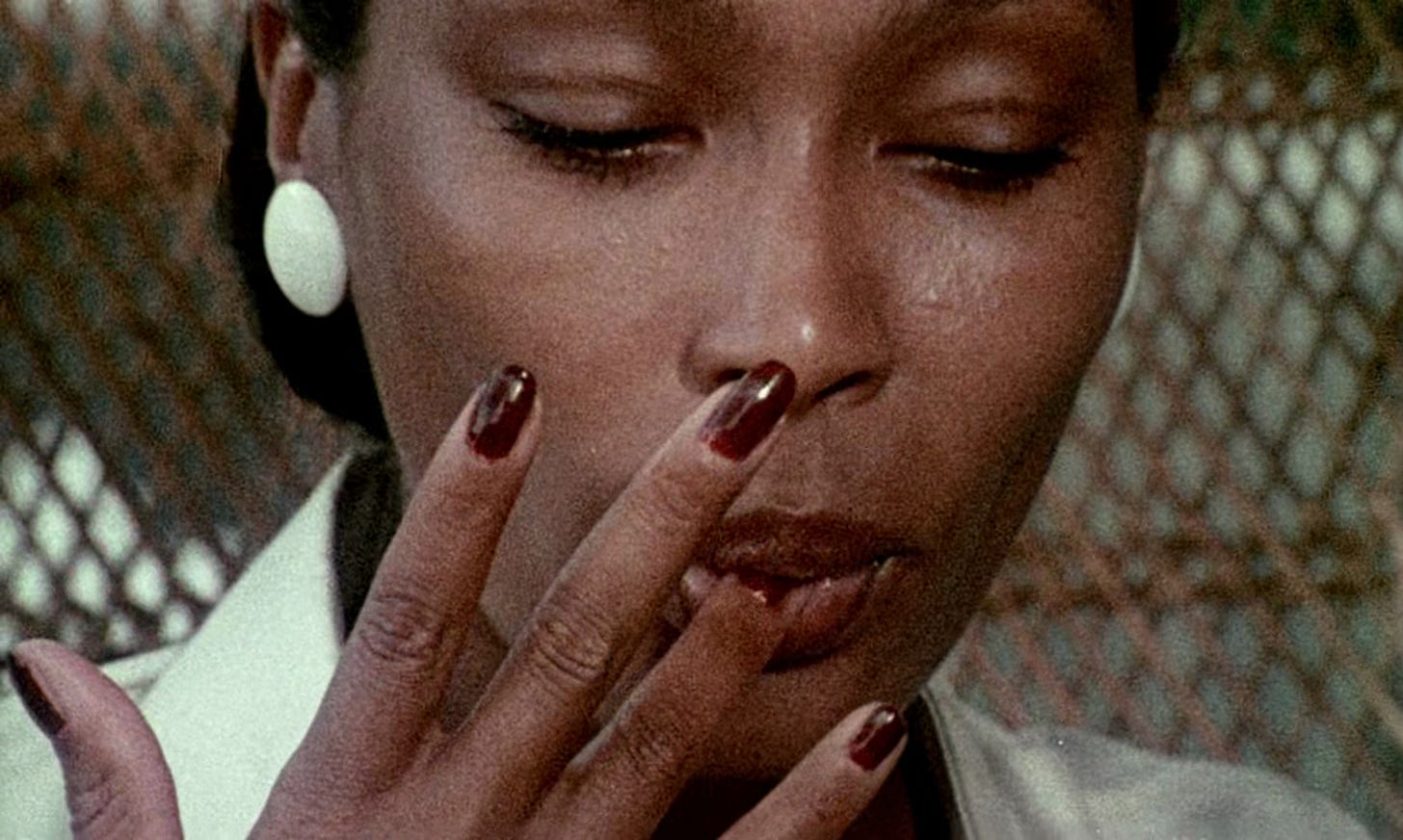The following is an excerpt from the original manuscript of my book, Sensual Self, edited and adapted for this space. I haven’t revisited this version since 2021 and it’s wild to see how different this version is from the one that was published. What I notice immediately is how depthful this version is. I had so much to say (the original manuscript was over 11,000 words) but there wasn’t enough room to include it in the final edition.
I share this here for two reasons: to return to a piece of work (my manuscript) that I deeply cherish that captures the philosophy of sensuality for me, and to celebrate the ways I’ll be exploring this depth in real time with my new offering, starting next week.
. . .
The first time I ever heard the word sensual, it was sloppily associated with sex.
And not just sex as an act, but a particular form of sexiness that it’s suggested a feminine person should perform for the gaze of someone else—the swishing of hips, a look of lust, a dress with a thigh-length slit that’s worn to excite someone else. That personification of sensuality, combined with the other fear-mongering messages I received about my own body and pleasure, created a harmful narrative in my mind that sensuality was not only bad, it also didn’t belong to me. It belonged to the gazes and experiences of the people watching me perform it. And, even more confusing, I was supposed to act this way and perfect it as part of my “femaleness.”
As I grew older, the message became: Your body is a site of temptation to yourself and others; pleasure is a pathway to sin; desire is a voice you should never trust; and you are only good if you can abstain from these wicked temptations. Through these messages, my sensuality became weaponized. No longer was the exploration of and taking up space with my body sensual, I was being “fast.” If I yielded to any nudges my body gave me to pause and feel good, I was self-centered or lazy.
My body became a place of fear and shame, and pleasure as a whole was vilified and demonized.





